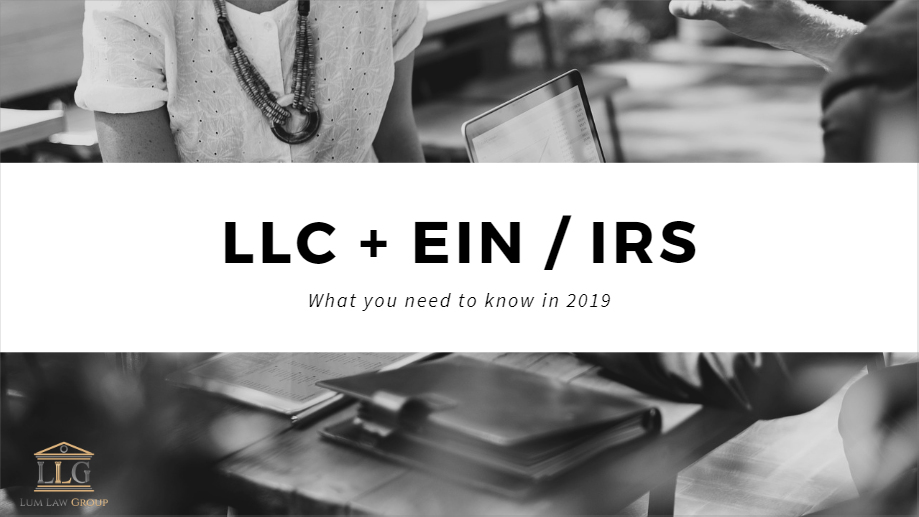Does your business act like a business?

Don’t say we didn’t warn you, but the implementation of new tax regulations may cause many business owners to lose their business deductions when their “business” is reduced to a mere hobby. Budding entrepreneurs need to ensure their business is set up correctly. Meanwhile, existing business owners need take a magnifying glass to their business […]
What You Need To Know About Limited Liability Companies (LLC) and Employer Identification Numbers (EIN)

In December 2017, the Internal Revenue Service (IRS) introduced updates regarding the issuance of Employer Identification Numbers (EIN), or Tax Identification Number (TIN), to Limited Liability Companies (LLC). The rule went into effect in January 2018, however, since the IRS typically offers taxpayers a grace period to transition to the new regulation, the IRS will begin enforcing said changes in May 2019. In this article, we will explain the upcoming changes and how they may affect your application for an EIN.
Top 3 Differences between a Sole Proprietor and a Single-Member Limited Liability Company (LLC)

If you’re a one-man (or woman) business, you might wonder whether you should continue operating as a “sole proprietor”, or register as a single-member Limited Liability Company (LLC). Since both business entity types are for a single owner, we will cover the top three items you should consider in deciding between sole proprietorship and single-member […]

